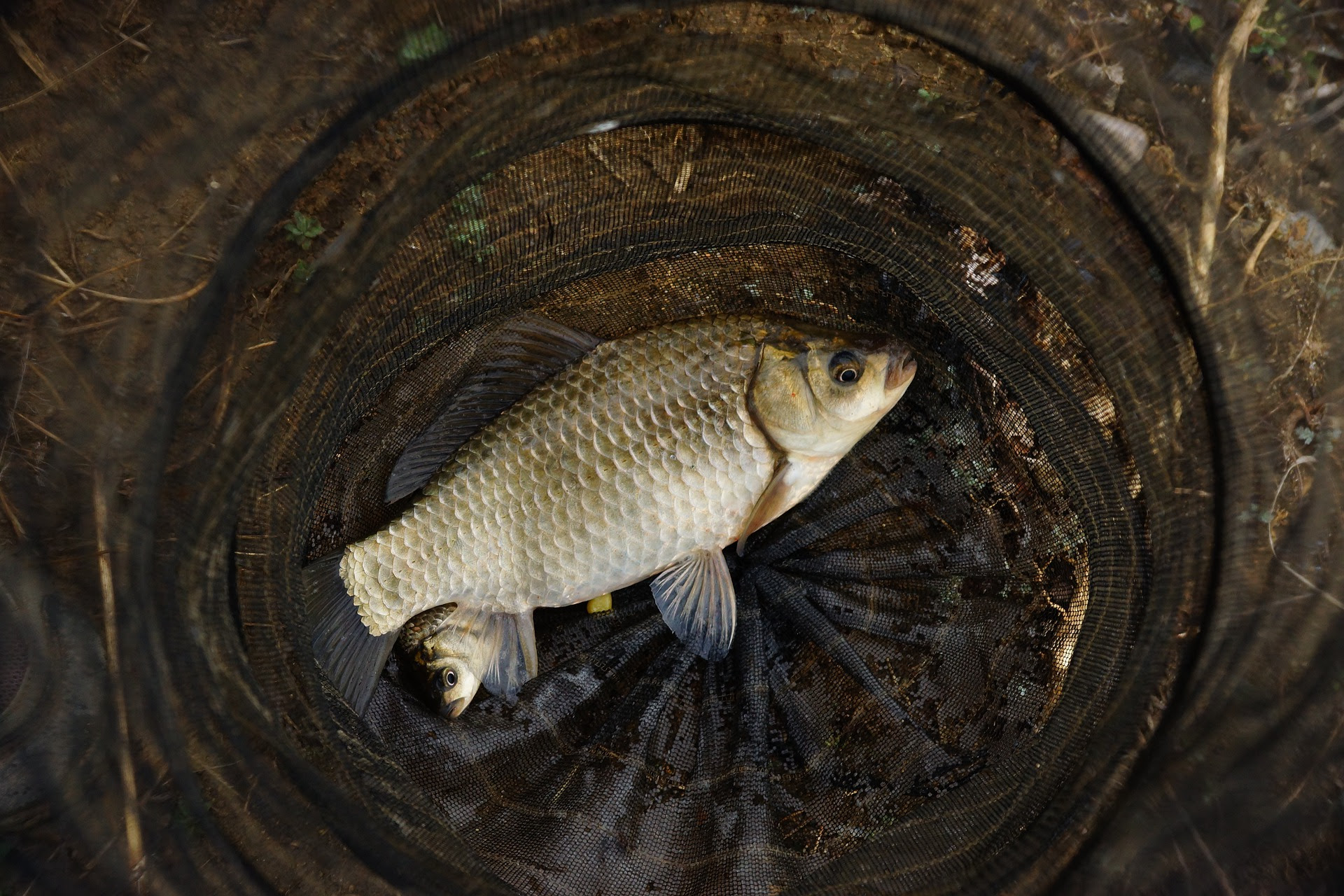LOCAL
Minnesota DNR’s latest efforts to control invasive silver carp
In the latest effort to monitor exotic carp in the Mississippi river, the Minnesota Department of Natural Resources (DNR) has mounted four recently caught silver carp with tracking devices and released the tagged fish back into the Mississippi River, in an area near La Crosse, Wisconsin. This area is referred to as Pool 8 of the river. The carp were captured by a commercial fishing operation contracted by the DNR as a response to recent captures of invasive carp in pool 8, during spring surveillance.
Unlike previous operations in the Mississippi River, which caught and tagged individual (one) carp per operation, this time four silver carp were netted and tagged in a single operation. According to DNR invasive fish coordinator Nick Frohnauer, “The more we can learn about these fish, the more effectively we can work to prevent their spread. The ability to now track four silver carp gives us important data not only about how they act individually but also how they might move together and among schools of other fish.”
The DNR together with several partners including state federal agencies, University researchers, conservation groups and commercial businesses are working to develop tools and methods to prevent further spread of the invasive silver carp. These approaches include developing and testing sound, light and bubbles as deterrents for silver carp. The DNR’s fish and wildlife division additionally monitors changes in fish populations along the Mississippi river so as to guide management decisions.
According to the USDA’s National Invasive Species Information Center, silver carp (Hypophthalmichthys molitrix) are native to eastern Asia but were introduced to the United states in 1973 for aquaculture and plankton control. These invasive fish have the potential to cause great damage to native fish species because they feed on plankton required by larval fish and mussels. Silver carp are also a competitor to some adult fish species which feed on plankton, and they out compete native fish for food and space.
Minnesota Department of Natural Resources
Outdoor News
USDA National Invasive Species Information Center
NATIONAL
Multi-state Listeria outbreak linked to deli meats: CDC warns
The Centers for Disease Control (CDC), the United States Department of Agriculture’s Food Safety and Inspection Service (USDA-FSIS) together with public health and regulatory officials in several states are investigating an outbreak of Listeria monocytogenes linked to deli meat. This is after 10 people were reported ill in Florida, Massachusetts, and New York. According to the CDC, “nine ill people interviewed all reported eating Italian-style meats, such as salami, mortadella, and prosciutto.” All 10 people were hospitalized and one death has been reported in Florida.
This is the second Listeria outbreak reported by the CDC this year (2020). The previous outbreak was linked to enoki mushrooms supplied by a South Korean company, and affected 36 people across 17 states, leading to 4 deaths. Previous listeria outbreaks have been linked to hard-boiled eggs, soft raw milk cheese, fruits and frozen vegetables.
Listeriosis is an infection caused by consuming food contaminated with the Listeria monocytogenes bacterium. The CDC reports that every year, approximately 1,600 people get listeriosis, and about 260 die following infection. Listeriosis can cause a range of symptoms depending on age, sex, immune status of infected individual, and the body part affected. Pregnant women and their newborns, adults aged 65 or over, and people with compromised immune systems are more likely to get sick from the infection. People outside these risk groups are less likely to get ill from listeriosis. Listeriosis does not pass from person to person.
The CDC advises the public to avoid eating undercooked deli meats. Deli meat should be cooked at an internal temperature of 165°F. Retailers should follow the USDA’s guidelines for Controlling Listeria monocytogenes (Lm) in Retail Delicatessens.
CDC
CNN
Consumer reports
KIRO 7
INTERNATIONAL
H5N8 bird flu reported in the Netherlands
Dutch authorities have confirmed two cases of H5N8 avian influenza in the province of Utrecht. Information from the OIE indicates that two mute swans (Cygnus olor (Anatidae) tested positive for the Highly pathogenic influenza A virus on 17th October 2020. According to the European union (EU) there is a low risk of transmission of the disease to humans in Europe; however, people are advised not to touch dead birds without wearing appropriate protective attire.
Reuters reports that the Dutch ministry of agriculture is in consultation with EU experts to develop protocols to prevent infection in poultry farms.
This outbreak comes barely a month after the European Food and Safety Authority (EFSA) urged EU member states to step up surveillance and biosecurity measures against avian influenza. This is after outbreaks of highly pathogenic avian influenza (HPAI) were reported in domestic and wild birds in western Russia and Kazakhstan. The EFSA further warned that given past experience from outbreaks in 2005 and 2016, Northern and eastern Europe were most likely at risk.
In the meantime, following the outbreak in the Netherlands, the UK (England, Wales, Scotland and Northern Ireland) has already raised the risk posed by bird flu from low to medium.
The Netherlands experienced several outbreaks of avian influenza in commercial poultry flocks (mainly duck farms) in 2016 and 2017, which adversely affected Dutch poultry production and exports.
OIE-WAHIS
Reuters
METRO UK
|

